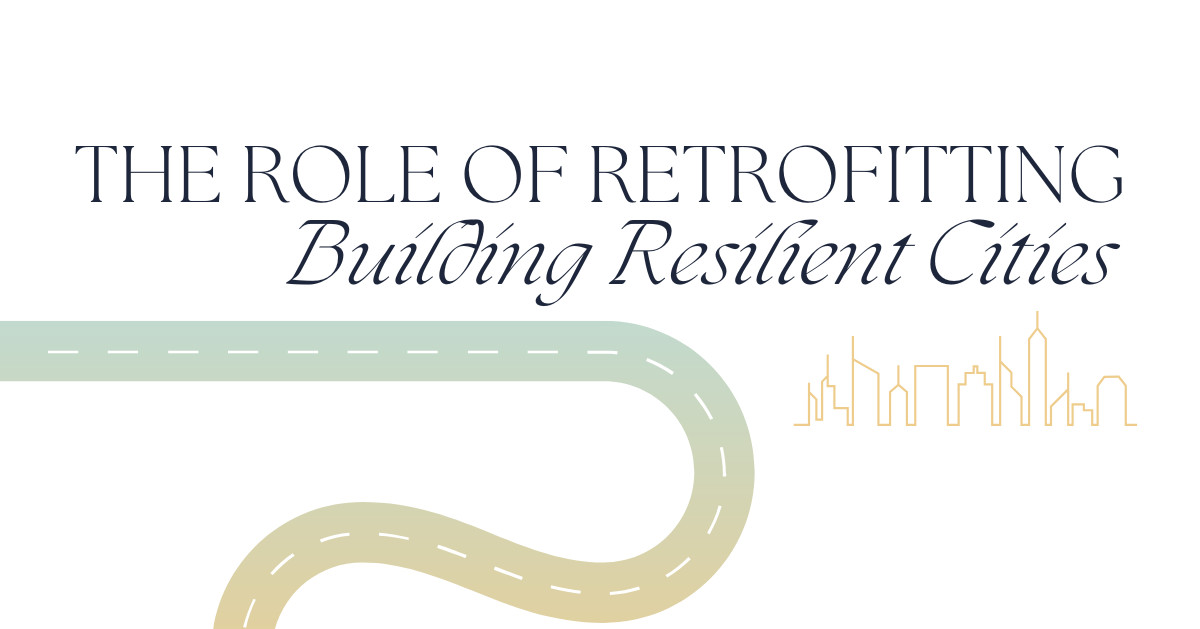If you’ve recently had an EnerGuide home energy audit, you may be wondering, What do all these numbers and charts actually mean? Understanding your EnerGuide report is key to making smart decisions about energy upgrades that can improve your home’s comfort, lower energy bills, and reduce environmental impact. Let’s break it down in a simple, easy-to-follow way.
What is an EnerGuide Report?
EnerGuide is Canada’s official rating system for home energy efficiency. When you complete an energy audit, a registered energy advisor assesses your home’s insulation, heating and cooling systems, air leakage, and more. Your EnerGuide report provides a snapshot of how efficiently your home uses energy and outlines ways to improve its performance.
Key Sections of Your EnerGuide Report
Your EnerGuide Rating
At the top of your report, you’ll find your EnerGuide Rating, which tells you how much energy your home uses in a year.
🔹 Measured in gigajoules (GJ) – This number represents your total annual energy consumption.
🔹 The lower the number, the better – A more energy-efficient home will have a lower rating, meaning it uses less energy overall.
🔹 Comparison to similar homes – Your report includes a benchmark showing how your home compares to others of similar size and location.
Energy Breakdown: Where Your Home Uses the Most Energy
Your report includes a breakdown of energy use across different areas of your home, including:
✔ Space heating & cooling – The largest portion of energy use in most homes.
✔ Water heating – Hot water heaters can be a major energy draw.
✔ Appliances & lighting – While smaller in comparison, these still contribute to overall energy use.
✔ Air leakage & insulation – Gaps and poor insulation can cause heat loss, increasing energy consumption.
Recommended Upgrades
This section is where your EnerGuide report really helps you make informed choices. Your energy advisor provides a list of suggested improvements, ranked by priority. These could include:
🔥 Upgrading insulation – Adding insulation to attics, walls, or basements to reduce heat loss.
💨 Sealing air leaks – Preventing drafts around doors, windows, and vents.
❄ Improving heating & cooling systems – Upgrading to energy-efficient furnaces, heat pumps, or smart thermostats.
🌱 Installing renewable energy – Considering solar panels or other sustainable solutions.
Each upgrade comes with an estimated impact on your energy efficiency, helping you decide which changes will provide the most benefit.
Incentives & Rebates
Your EnerGuide report may also mention available government grants and rebate programs that can help offset the cost of energy-efficient upgrades.
Next Steps: How to Use Your EnerGuide Report
So, what should you do with all this information? Here’s how to make the most of your EnerGuide report:
✅ Prioritize upgrades – Start with the changes that offer the biggest impact on energy savings and home comfort.
✅ Check for rebates – Research available incentives to maximize your return on investment.
✅ Plan your improvements – Whether you tackle projects one at a time or all at once, having a plan will help you stay on track.
✅ Follow up with an expert – If you’re unsure about your next steps, an energy efficiency professional can help you interpret your report and guide you through the process.
Final Thoughts
Your EnerGuide report is more than just a number—it’s a powerful tool that can help you create a more efficient, comfortable, and sustainable home. By understanding your home’s energy performance and taking action on the recommendations, you can enjoy lower energy bills, better comfort, and a reduced carbon footprint.
Still have questions? I’d love to help! Reach out, and let’s make your home as energy-efficient as possible.











0 Comments